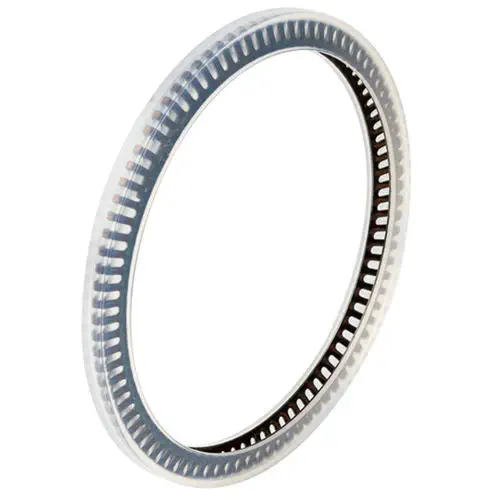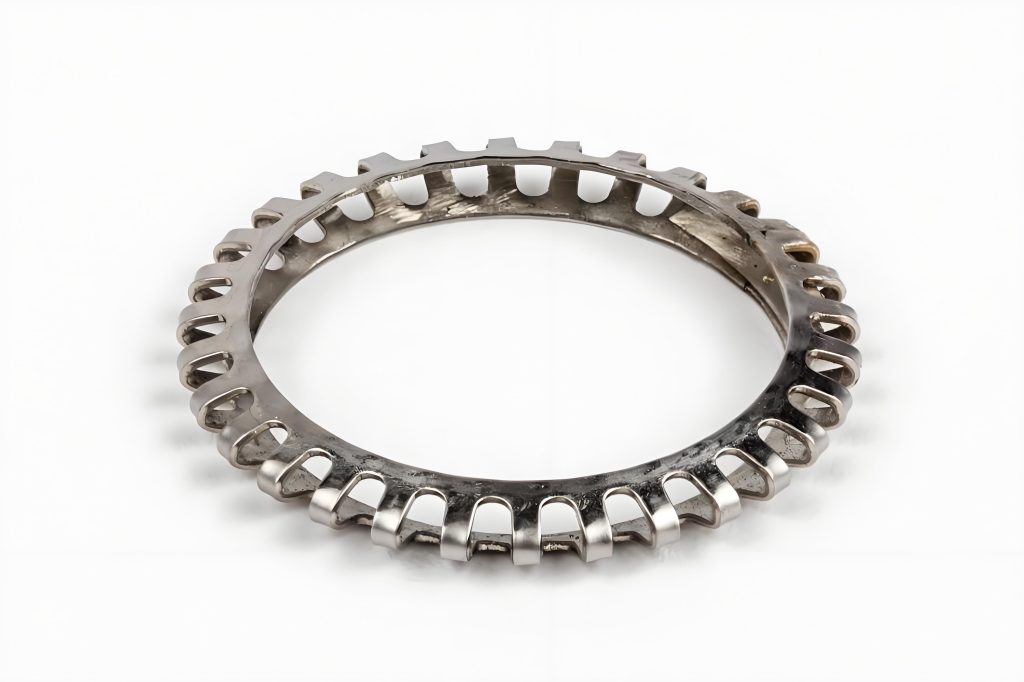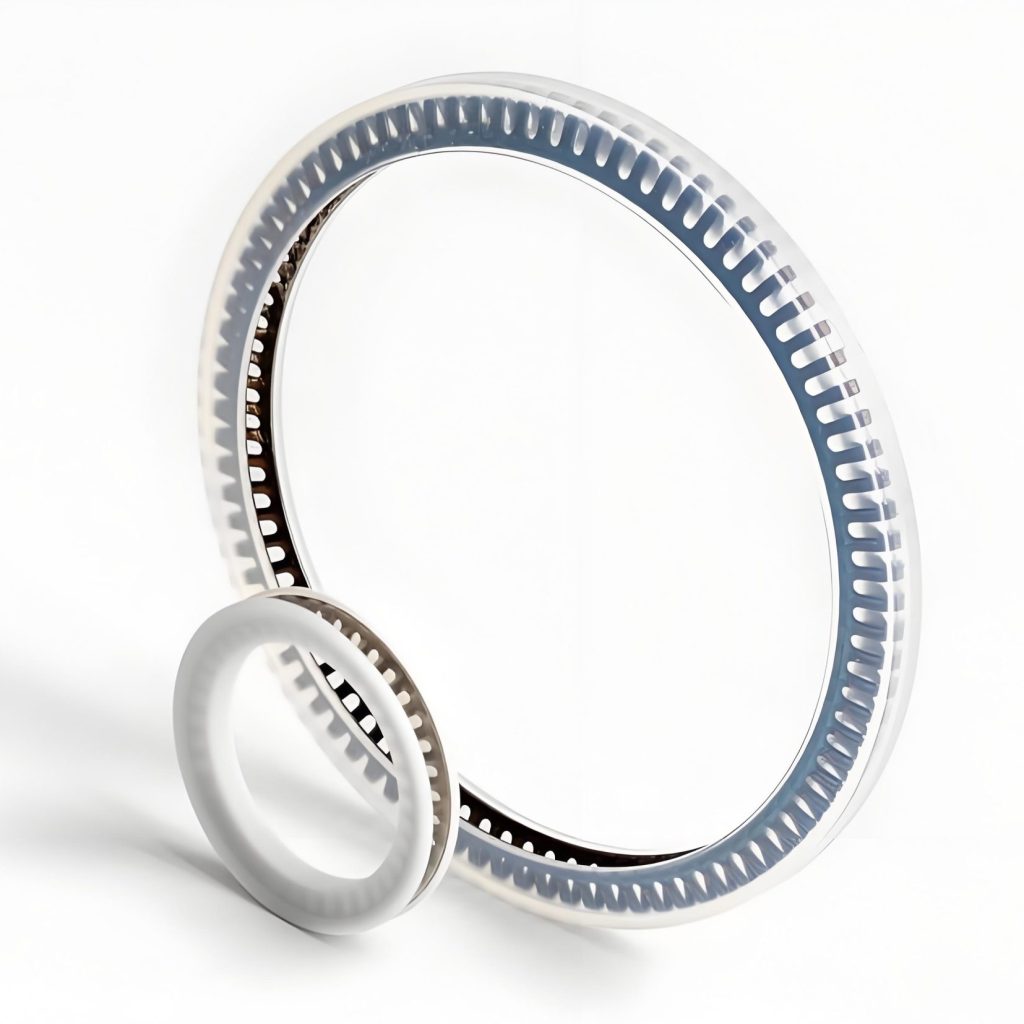
Full contact springs
Springs are integral components in countless mechanical and electrical systems, serving various functions depending on the application. One particular type of spring, known as the full contact spring, plays a crucial role in maintaining consistent force over a broad surface area. Unlike other spring types that may focus force on a single point or along a specific axis, they are designed to apply uniform pressure across their entire length or contact surface. This feature makes them essential in applications requiring stable and reliable performance, especially when continuous contact or high-precision force is needed.
Full contact springs are specialized springs that provide even and uniform contact with a surface or component. In essence, they are designed to ensure that the entire contact area of the spring remains in full contact with the surface or substrate they are intended to interact with. This provides consistent pressure and force distribution, preventing potential failure points that could arise from uneven contact.
These springs are typically used in applications where the accuracy of force is essential to the device’s overall performance. Full contact springs are widely utilized in electrical contacts, seals, mechanical assemblies, and various other applications across industries like automotive, aerospace, electronics, and industrial manufacturing.

The most critical feature of a full contact spring is its ability to maintain uniform pressure over a broad surface area. This characteristic makes them ideal for situations requiring constant force to maintain a seal, connection, or mechanical interaction. By distributing the load evenly, these springs ensure that the applied force does not result in localized wear or deformation, which could lead to premature failure.
The materials used in full contact springs are selected based on the specific requirements of the application. Common materials include:
The form and geometry of them can vary depending on the application. Some of the most common shapes include:
The contact force of a spring is a critical factor. Full contact springs are designed to maintain a consistent force that can hold parts together or ensure electrical continuity without excessive wear. The design takes into account factors like deflection, spring constant, and load capacity, ensuring that the spring remains effective over a prolonged period of use.
Full contact springs can often be customized to meet specific requirements. This includes adjusting the dimensions, material, and plating for specialized applications. The versatility of full contact springs makes them suitable for use in a wide range of industries and functions.

Full contact springs are widely used in electrical connections due to their ability to ensure consistent, low-resistance contacts. They are essential in connectors and switches, where reliable electrical conductivity is crucial. These springs are often used in:
In mechanical systems, full contact springs are used to provide consistent pressure across a contact surface. Their applications include:
In applications where sealing is critical, such as in oil seals, gas seals, and fluid management systems, they help maintain the necessary sealing pressure to prevent leaks. Full contact springs are essential in applications where a constant, even pressure is needed to maintain the integrity of the seal, even when the parts are subjected to vibrations, temperature changes, or movement.
Full contact springs are found in many electronic devices to maintain consistent contact for functionality and reliability. For example:
In both aerospace and automotive industries, full contact springs help to improve the reliability and performance of critical systems. For instance:

Due to the uniform distribution of force across their contact area, full contact springs experience less localized wear. This increases the durability of the components they interact with, ensuring long-lasting performance.
In electronic and electrical applications, these springs help minimize the risk of contact degradation over time, reducing the likelihood of electrical faults due to poor connections. Their consistent force ensures that electrical contacts maintain a low-resistance connection throughout the life of the device.
Full contact springs ensure that the force applied to a component is evenly distributed, preventing issues such as warping, bending, or uneven wear that could lead to malfunction.
These springs can be tailored to meet specific operational conditions, such as adjusting the spring rate, material selection, and shape. This flexibility makes them suitable for a wide range of applications and industries.
Many full contact springs are made from corrosion-resistant materials or are coated with plating materials like gold, nickel, or silver, making them suitable for use in harsh environments where exposure to moisture, heat, or chemicals is common.
Full contact springs are a critical component in many mechanical and electrical systems, providing uniform pressure across a broad contact area. Their ability to ensure consistent force distribution, improve electrical conductivity, and enhance durability makes them indispensable in a variety of applications, from sealing and clutch systems to electrical connections and sensor technologies.
The versatility and reliability of full contact springs have cemented their place in industries ranging from automotive and aerospace to electronics and industrial equipment. As technology advances and the need for precision and reliability in these fields grows, the role of full contact springs will continue to expand, offering innovative solutions to an increasingly complex array of applications.